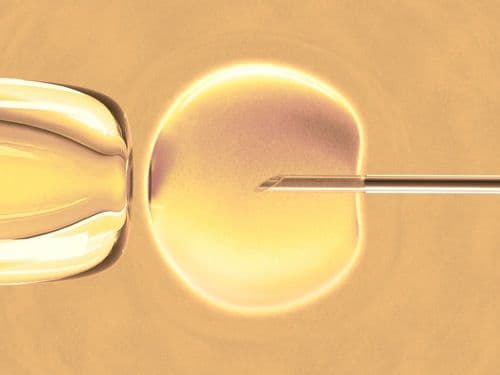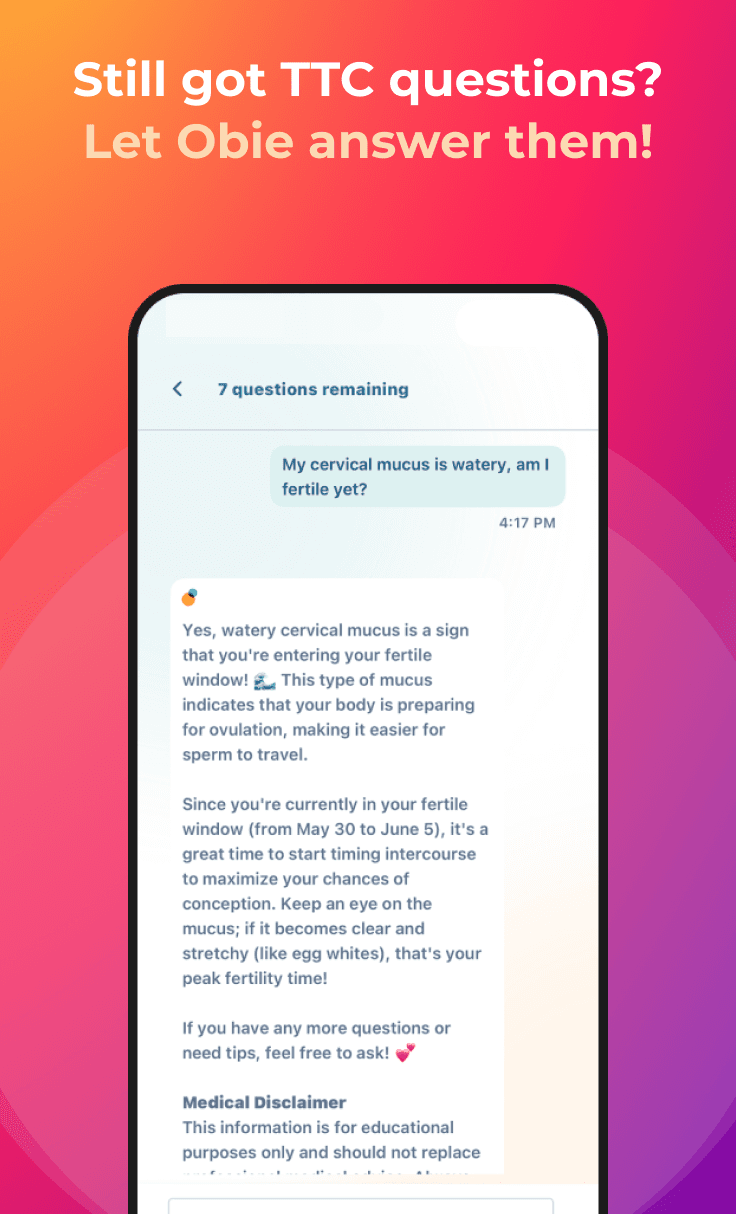IVF's 37-Year Evolution: From “Test Tube Baby” to Today
Fertility and Infertility News
Obie Editorial Team

On July 25, 1978, Louise Joy Brown was born at Oldham and General Hospital in the town of Oldham, Greater Manchester, England. In the moments before her birth, Louise’s mother, Lesley, was whisked away to the operating theater for a cesarean delivery under cover of darkness, just a torchlight illuminating the way. Her father, John, arrived for his first child’s birth under police protection. The hospital corridor he walked was lined with a brigade of police officers. The British government demanded videotaped documentation of the cesarean delivery.
After nine years of trying to start a family, Louise was finally born, weighing 5 pounds, 12 ounces. She was a healthy baby girl but why all the drama?
Louise was the first baby born of in vitro fertilization (IVF). She is less known by name than by her claim to fame: the world’s first “test tube baby”. Her mother’s blocked fallopian tubes were further damaged by attempts at corrective surgery so conceiving without miraculous medical intervention was forever impossible. Her chance of having a baby using IVF was said to be “one in a million.”
The Browns’ courageous decision to try IVF was met with praise, gratitude, anticipation, controversy, scorn, and threats of violence. The Browns were not told that the team of physicians working with them had tried unsuccessfully for ten years to bring a baby into the world using IVF. They had performed hundreds of embryo transfers but none resulted in a viable pregnancy.
The physicians orchestrating Louise’s conception, pregnancy, and birth were Patrick Steptoe, a gynecologist, and Robert Edwards, a physiologist who won a 2010 Nobel Prize in Medicine for his pioneering work in IVF. Steptoe had developed a technique for successfully harvesting eggs from the ovary; Edwards had devised a method for fertilizing human eggs in laboratory petri dishes (never in an actual test tube).
The British government considered Louise’s birth such a monumental breakthrough in scientific history that they required filming, partly to document the science and partly to prove that Lesley and Louise were truly mother and daughter. Before Lesley was allowed to hold her baby, Louise was first submitted to no fewer than 60 medical tests to determine she was “normal” and healthy.
Four years after Louise’s birth, her sister, Natalie, was born. By the time she was born, Natalie was the 40th child in the world to be born thanks to IVF. She became the first IVF baby to give birth to a child of her own: a daughter, Casey, born in May 1999, had been conceived naturally. By 2013, Casey had three little brothers.
Today’s IVF procedures and the births of the babies conceived from them happen in a much more relaxed environment. The success rate has gone from one in a million to about 40% success per cycle, thanks to advances over time. The greater success rate, along with increasing acceptance from the general public, reduced cost, and, in some cases, healthcare insurance coverage for the procedure, has led to the birth of an estimated 5 million babies born of IVF.
Controversy and threats did not end with Louise’s healthy birth but public anger did abate somewhat in the weeks following her when Cardinal Albino Luciani spoke about it on behalf of the dying Pope Paul IV. The Cardinal expressed concern that the procedure might someday be used unethically but, as for the Browns, they simply wanted nothing more than to have a baby. Upon the Pope’s death, the Cardinal became Pope John Paul I.
As for Louise, she married Wesley Mullinder in 2004. Dr. Edwards attended the wedding. In 2006, the Mullinders welcomed Cameron, a naturally conceived son, into the world. Cameron got a little brother, Aiden, in 2013.
Louise’s valiant parents have since passed on. Her father, John died in 2006 and mother Lesley in 2012.
Sources:
- Eley, Adam. "How has IVF developed since the first 'test-tube baby'?." BBC News. BBC, 23 July 2015. Web. 5 Aug. 2015.
- Wang, Jeff, and Mark V. Sauer. "In vitro fertilization (IVF): a review of 3 decades of clinical innovation and technological advancement." Therapeutics and Clinical Risk Management. Dove Press, Dec. 20. PMC / US National Library of Medicine. Web. 5 Aug. 2015.








